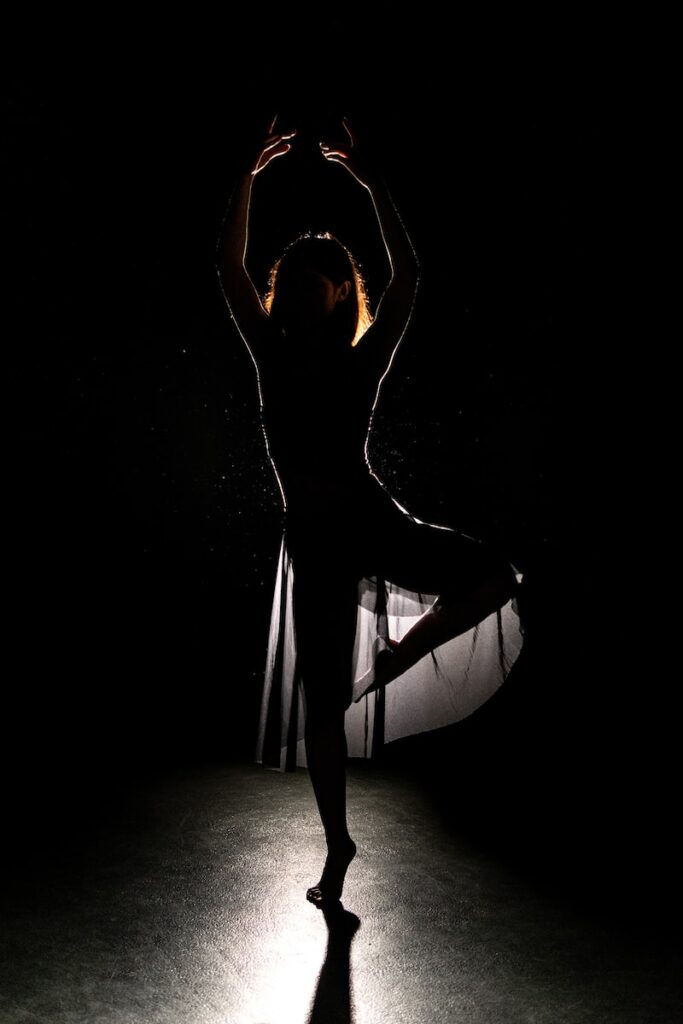Competitive dance is a physically demanding sport that requires a high level of flexibility, strength, and endurance. Unfortunately, these demands can also put dancers at risk for a variety of muscle injuries. In this article, we will discuss some common muscle injuries in competitive dance, ways to strengthen the muscles used in dance, effective treatment options for dance injuries, and tips for preventing dance-related muscle injuries.
Common muscle injuries in competitive dance:
- Hamstring strains: Hamstring strains are one of the most common injuries in competitive dance. They occur when the muscles at the back of the thigh are stretched beyond their limit.
- Ankle sprains: Ankle sprains occur when the ligaments that connect the bones in the ankle joint are stretched or torn. They can happen when a dancer lands awkwardly from a jump or turns their ankle during a spin.
- Knee injuries: Knee injuries can range from minor sprains to more serious ligament tears or cartilage damage. They can be caused by sudden changes in direction or impact from jumps and landings.
- Shin splints: Shin splints are a painful condition that occurs when the muscles, tendons, and bone tissue around the tibia become inflamed. They can be caused by overuse, improper technique, or hard surfaces.
Strengthening muscles used in competitive dance:
To prevent muscle injuries in competitive dance, it’s important to strengthen the muscles used in dance. These include:
- Core muscles: Strong core muscles are essential for good balance and stability in dance. Exercises like planks and crunches can help strengthen the core.
- Leg muscles: Leg muscles, including the quadriceps, hamstrings, and calves, are used extensively in dance. Exercises like lunges, squats, and calf raises can help strengthen these muscles.
- Foot and ankle muscles: Strong foot and ankle muscles can help improve balance and prevent ankle sprains. Exercises like calf raises and ankle circles can help strengthen these muscles.
- Hip muscles: The hip muscles are used extensively in dance, particularly in movements like turns and leaps. Exercises like hip bridges and clamshells can help strengthen these muscles.
Effective treatment options for dance injuries
Even with proper injury prevention techniques, dance-related muscle injuries can still occur. Here are some effective treatment options for common dance injuries:
- Rest: Rest is crucial for allowing your body to heal and recover from dance injuries. Avoid dancing or engaging in other high-impact activities until you are fully healed.
- Ice: Applying ice to the injured area can help reduce pain and swelling. Wrap a bag of ice or a cold pack in a towel and apply to the affected area for 15-20 minutes at a time, several times a day.
- Compression: Wrapping the injured area with an elastic bandage can help reduce swelling and provide support to the affected muscles.
- Elevation: Elevating the injured area above the level of your heart can also help reduce swelling. Prop up your injured leg or foot on a pillow or cushion while lying down.
- Preventative therapies: If your injury is severe or doesn’t respond to rest and self-care, you may need to see a therapist. They can help you develop a personalized treatment plan and provide exercises to help you regain strength and flexibility.
Tips for preventing dance-related muscle injuries
Here are some additional tips for preventing dance-related muscle injuries:
- Warm up: Always warm up before dance practice or performance. This can include light stretching, jogging in place, or other low-impact exercises to get your blood flowing and your muscles ready for activity.
- Wear appropriate shoes: Make sure you are wearing shoes that are appropriate for the type of dance you are performing. Shoes should provide adequate support and cushioning for your feet and ankles.
- Listen to your body: If you feel pain or discomfort during dance practice or performance, stop and rest. Pushing through pain can lead to more serious injuries.
- Take breaks: Don’t overdo it with dance practice or performance. Take breaks as needed to allow your body to rest and recover.
In conclusion, mastering competitive dance requires not only practice and technique but also proper injury prevention techniques and effective treatment for muscle injuries. By understanding the common muscle injuries in competitive dance, strengthening the muscles used in dance, utilizing effective treatment options for dance injuries, and following tips for preventing dance-related muscle injuries, you can continue to dance your way to success while keeping your body healthy and injury-free.





